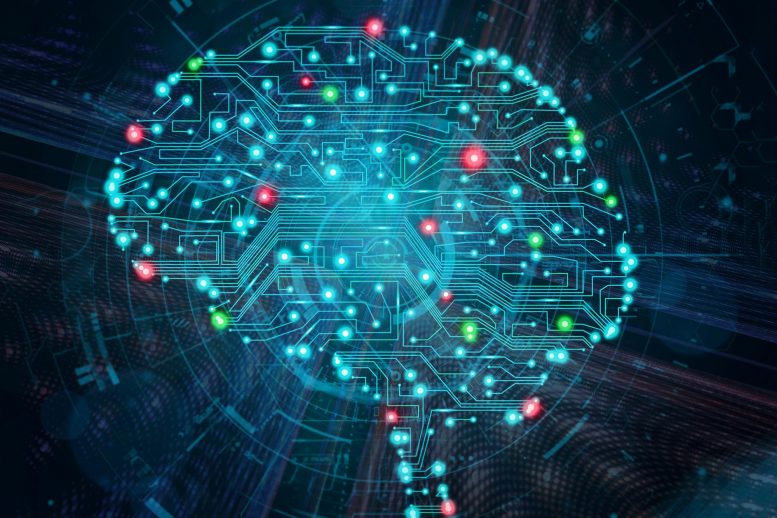
- Deep machine learning method can predict molecular wave functions and electronic properties of molecules
- This algorithm could drastically speed-up future simulation efforts in the design of drug molecules or new materials
Artificial Intelligence can be used to predict molecular wave functions and the electronic properties of molecules. This innovative AI method developed by a team of researchers at the University of Warwick, the Technical University of Berlin and the University of Luxembourg, could be used to speed-up the design of drug molecules or new materials.
Artificial Intelligence and machine learning algorithms are routinely used to predict our purchasing behavior and to recognize our faces or handwriting. In scientific research, Artificial Intelligence is establishing itself as a crucial tool for scientific discovery.
In Chemistry, AI has become instrumental in predicting the outcomes of experiments or simulations of quantum systems. To achieve this, AI needs to be able to systematically incorporate the fundamental laws of physics.
An interdisciplinary team of chemists, physicists, and computer scientists led by the University of Warwick, and including the Technical University of Berlin, and the University of Luxembourg have developed a deep machine learning algorithm that can predict the quantum states of molecules, so-called wave functions, which determine all properties of molecules.
The AI achieves this by learning to solve fundamental equations of quantum mechanics as shown in their paper ‘Unifying machine learning and quantum chemistry with a deep neural network for molecular wavefunctions’ published in Nature Communications.
Solving these equations in the conventional way requires massive high-performance computing resources (months of computing time) which is typically the bottleneck to the computational design of new purpose-built molecules for medical and industrial applications. The newly developed AI algorithm can supply accurate predictions within seconds on a laptop or mobile phone.
Dr. Reinhard Maurer from the Department of Chemistry at the University of Warwick comments:
“This has been a joint three-year effort, which required computer science know-how to develop an artificial intelligence algorithm flexible enough to capture the shape and behavior of wave functions, but also chemistry and physics know-how to process and represent quantum chemical data in a form that is manageable for the algorithm.”
The team have been brought together during an interdisciplinary 3-month fellowship program at IPAM (UCLA) on the subject of machine learning in quantum physics.
Prof Dr. Klaus Robert-Muller from the Institute of Software Engineering and Theoretical Computer Science at the Technical University of Berlin adds:
“This interdisciplinary work is an important progress as it shows that, AI methods can efficiently perform the most difficult aspects of quantum molecular simulations. Within the next few years, AI methods will establish themselves an essential part of the discovery process in computational chemistry and molecular physics.”
Professor Dr. Alexandre Tkatchenko from the Department of Physics and Materials Research at the University of Luxembourg concludes:
“This work enables a new level of compound design where both electronic and structural properties of a molecule can be tuned simultaneously to achieve desired application criteria.”
Reference: “Unifying machine learning and quantum chemistry with a deep neural network for molecular wavefunctions” by K. T. Schütt, M. Gastegger, A. Tkatchenko, K.-R. Müller and R. J. Maurer, 15 November 2019, Nature Communications.
DOI: 10.1038/s41467-019-12875-2
Never miss a breakthrough: Join the SciTechDaily newsletter.